A few posts ago, I dug deep into the complicated world of protein, helping you better understand why protein is important for weight loss and metabolism. Hopefully I had you reaching for a high protein snack afterwards. Today I wanted to tackle the more tangible questions of how much protein you actually need and share some of my all time favourite protein sources and yummy recipes!
How Much Protein Do I Need?
This is of course a very personal question, based on your size, goals, activity levels (ie. weight trainers will obviously need more), age, sex and health status. But based on the latest science, many experts today recommend adults get about 0.75 -1 g of protein / lb of body weight or 1.2-2.2 g of protein / kg of body weight. According to this equation, I need somewhere between 67- 123 grams, depending on my activity level and goals. For those who are engaging in physical activity daily, and looking to lose fat and build lean muscle, I generally recommend a simple rule of thumb of imagining your goal weight in lbs and just aiming to get 75-100% of that number in grams of protein. So if I want to stay around 125 lb, then I’ll aim for between 93-125 grams of protein each day.
But numbers definitely do not tell the whole story. How much protein is almost irrelevant if we don’t talk about when to eat it, and I always recommend evenly distributing your protein throughout the day at every meal. I see so many people eating fruit and toast for breakfast, a cheese sandwich for lunch, and a massive 16 oz steak at dinner to meet their protein needs. But that’s not how it works. Research shows that eating protein at each meal is important for stimulating muscle growth, preventing muscle loss during activity and kick starting your metabolism in the morning. In fact, a study in the Journal of Nutrition found that muscle synthesis was 25% higher when protein was evenly distributed across meals rather than loading it up during any one meal. While needs are again dependant on activity, age, sex and other factors, a good rule of thumb is to aim for about 25-30 grams of protein per meal. If you eat a lot more in one sitting, your body likely won’t be able to utilize it efficiently (and it may be stored as fat). Alternatively, if you eat much less than that, and you may be making yourself susceptible to muscle breakdown. Neither scenario is ideal.
Here’s a great video clip from Dr. Stuart Phillips on protein needs in the 50+ population.
Obviously how much protein you need should be specifically tailored to meet your unique needs, so always speak with a Registered Dietitian to determine your goal.
The Best Protein Sources
Now that we have a ballpark for how much protein we need, lets talk about where it’s coming from. Not all sources of protein are created equal. And I don’t just mean that filet mignon is better than stewing meat. That’s a given. I’m talking about quality. Without getting too technical here, the best protein sources are those that contain all of the essential amino acids your body needs. These “high quality protein” sources are generally regarded as animal proteins like meat, fish, poultry, dairy, and eggs. Hemp and soy are also now considered good to go for adults (but not so much for young ones). Incomplete protein sources are foods that are missing one or more of those essential amino acids – generally, they’re vegetarian foods like legumes, grains, nuts and seeds. Back when I was in school, we thought that vegetarians looking to get high quality protein would have to eat vegetarian protein sources in specific combinations at the same meal so that the amino acid profiles overlapped and the missing amino acids were accounted for. It seemed like a heck of a lot of planning. Thankfully, we now know that our bodies are not that picky and as long as you’re getting a nice variety of proteins throughout the day, you’re definitely good to go.
With that out of the way, my go-to protein sources are generally lean or higher in heart-healthy fats to give me by biggest satiating bang for my caloric buck! While the options are endless, here are my top ten picks!
1)Skinless Boneless Chicken Breast
2)Eggs
3)Pork Tenderloin
4)Chickpeas
5)Wild Salmon
6)Grass Fed Beef Tenderloin
7)Firm Tofu
8)Plain Fat Free Greek Yogurt
9)Quinoa
10)Almonds
Need some protein rich inspiration? Check out some of my favourite protein rich recipes:
Turkey Stuffed Apples
Vegan Crispy Tofu
Cottage Cheese Snacks
Chicken Cassoulet
Prosciutto Wrapped Cranberry Hummus Chicken
Asian Turkey Meatballs
What are your favourite recipes to help you meet your protein goals? Leave me a message below with some of your favourite snacks and meal ideas!
Disclaimer: This post was developed in paid partnership with Maple Leaf Foods, however, as always, all opinions are genuine.
Updated on October 4th, 2021

Abbey Sharp is a Registered Dietitian (RD), regulated by the Ontario College of Dietitians. She is a mom, YouTuber, Blogger, award winning cookbook author, media coach specializing in food and nutrition influencers, and a frequent contributor to national publications like Healthline and on national broadcast TV shows.
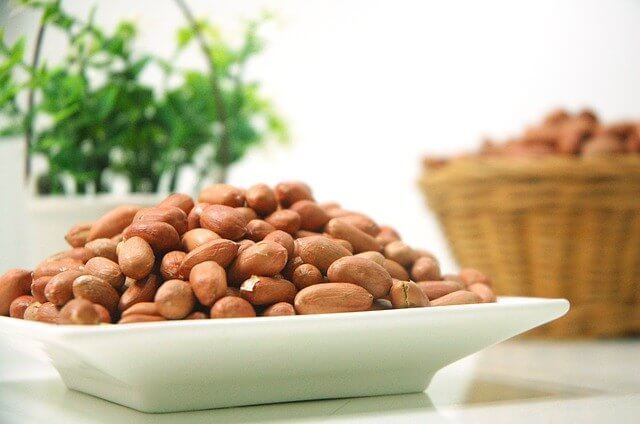
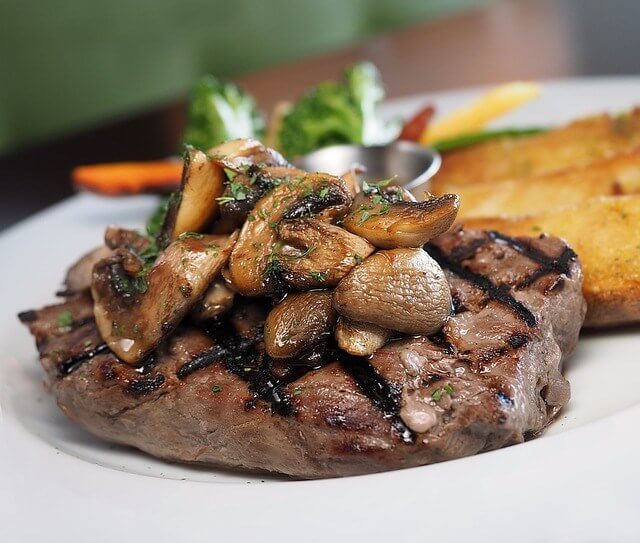
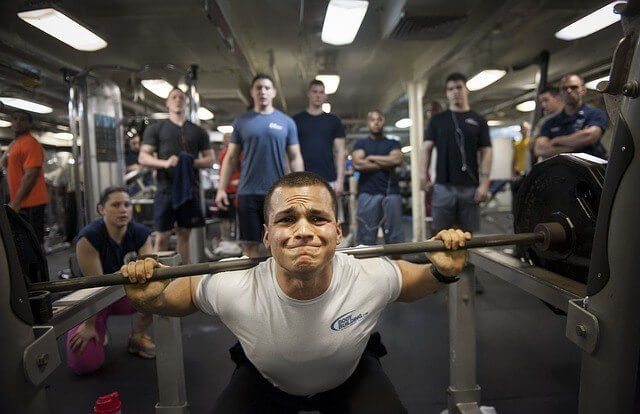
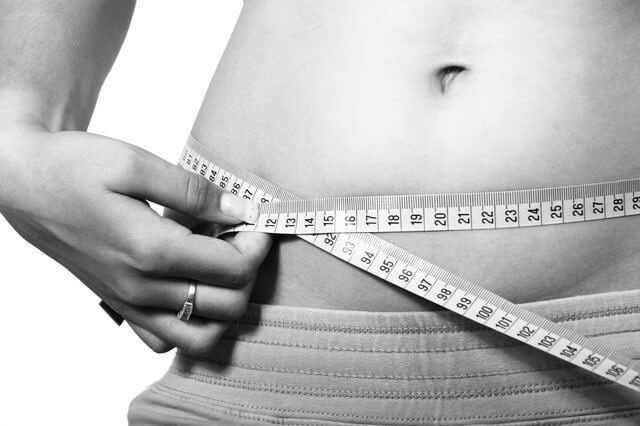
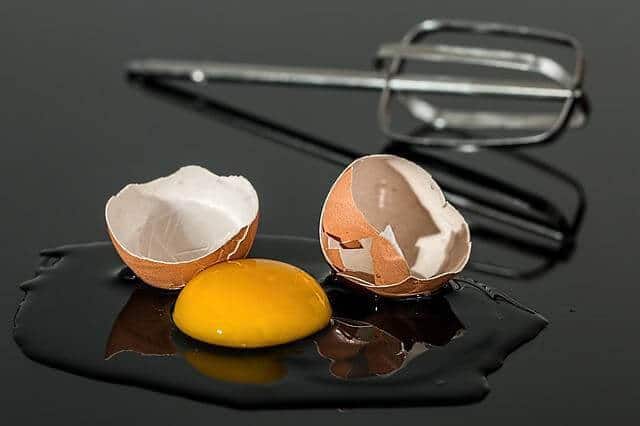
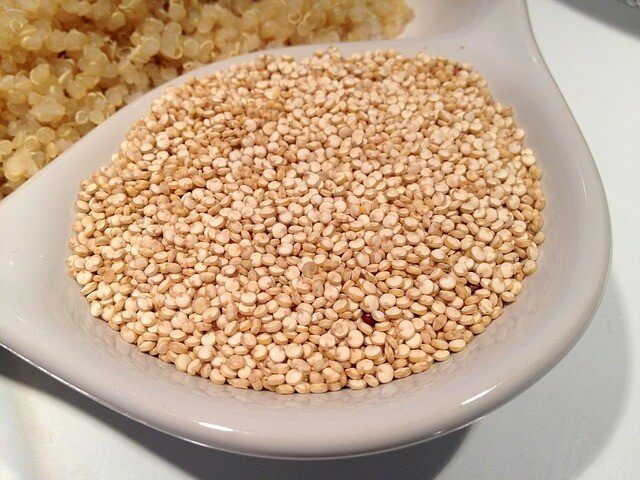
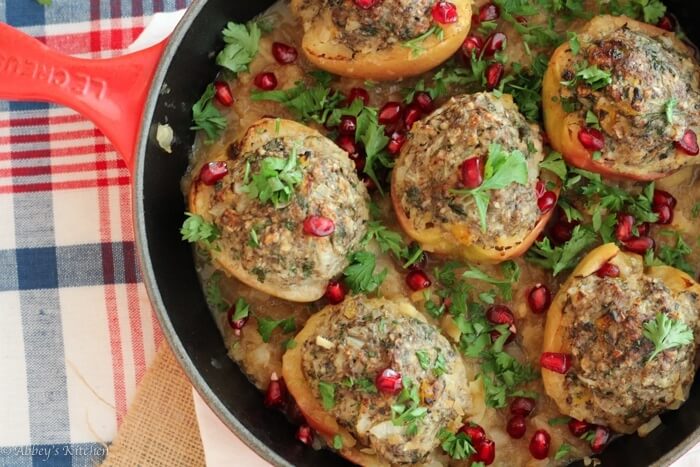
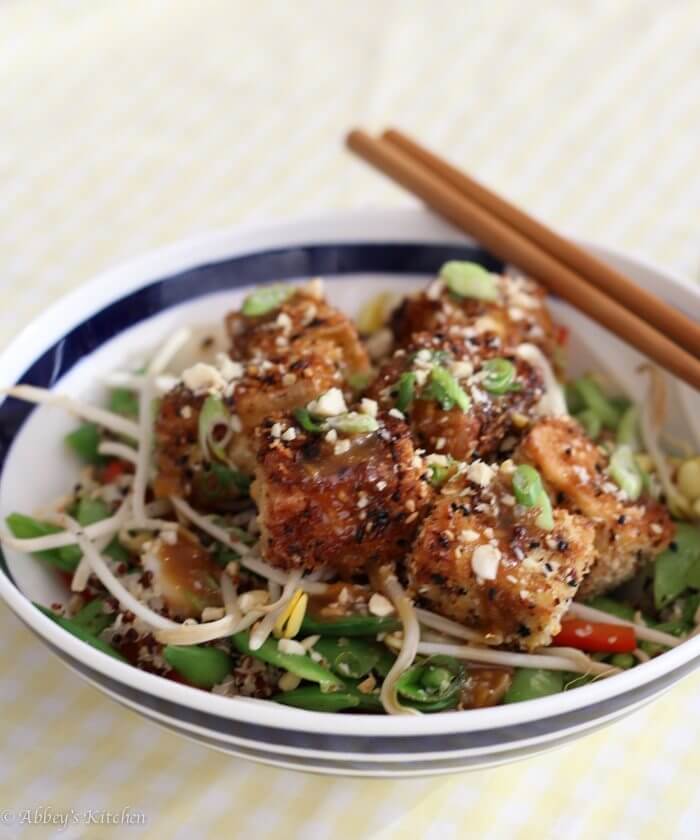
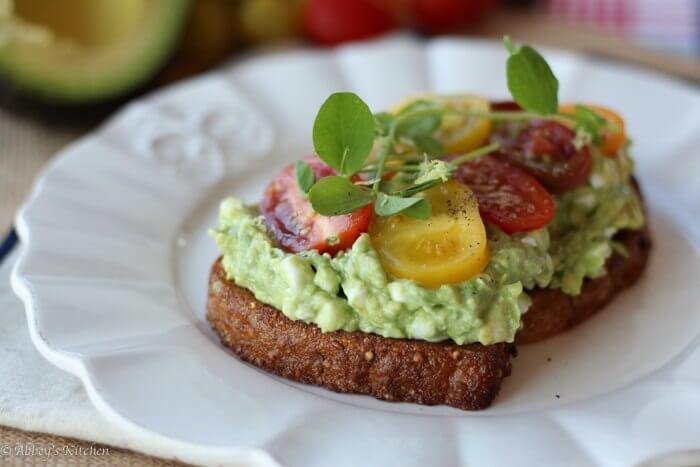
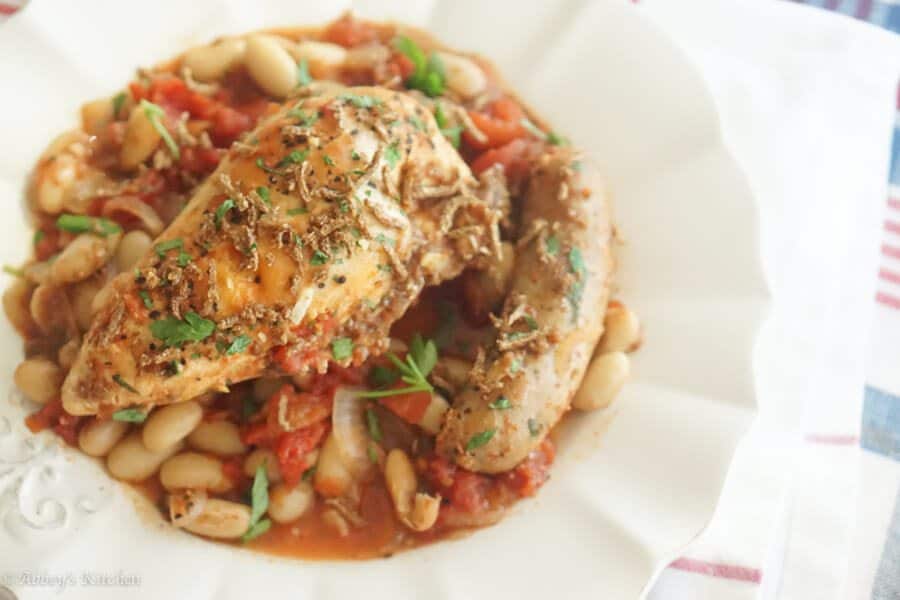
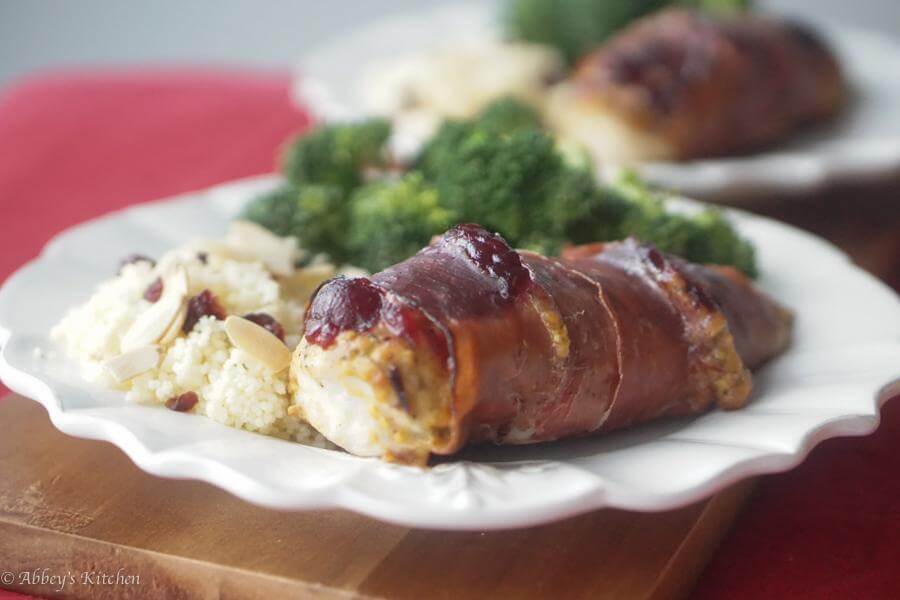
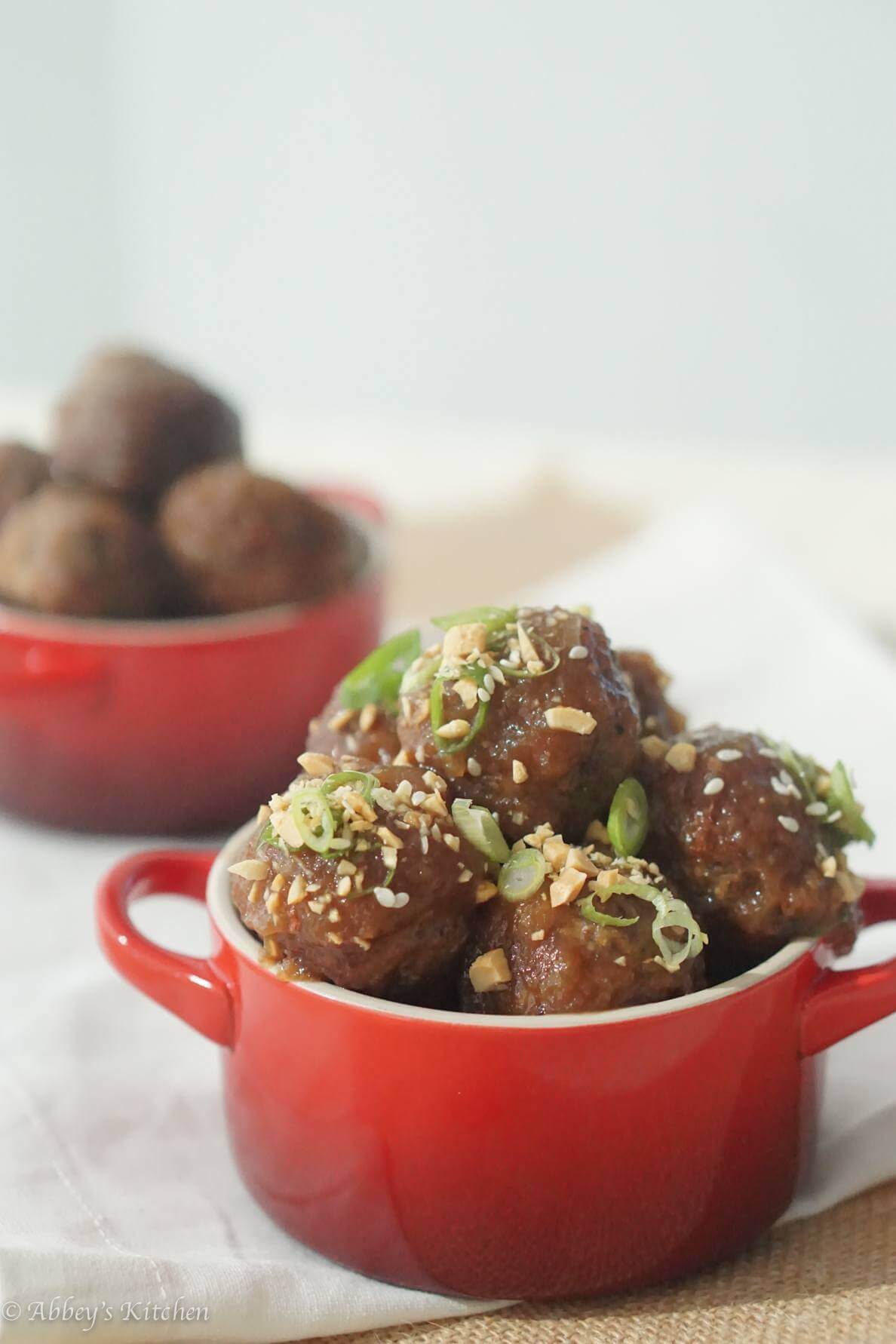
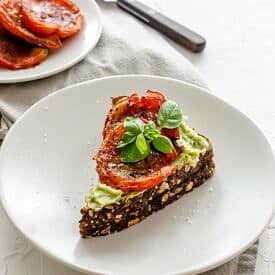

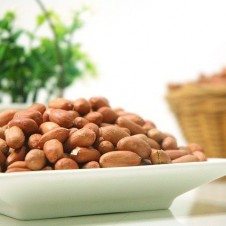
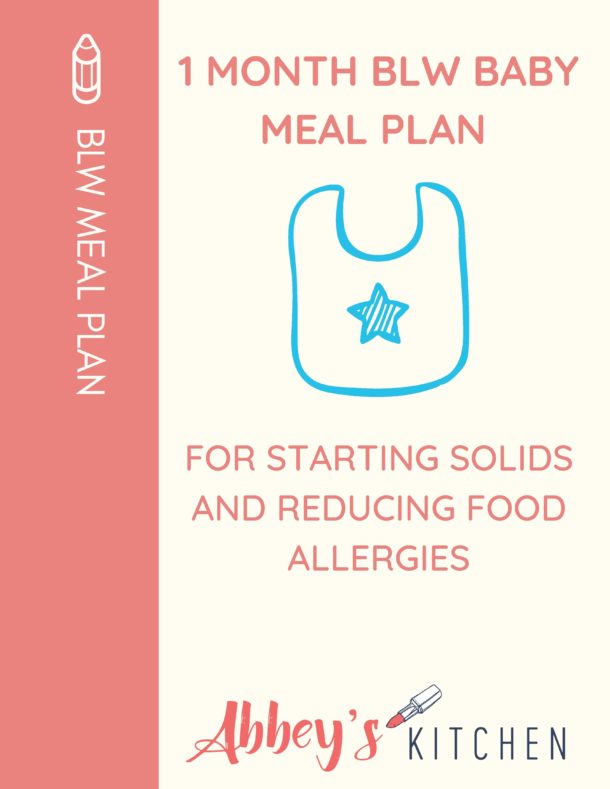
Audrey says
Is there anything harmful about going above the 1 g/lb max? I am above that amount as I focus on resistance training. I don’t want to unintentionally cause harm to my body or goals (decrease body fat and increase muscle to protect my bones as I age). Thank you in advance for your feedback 🙂